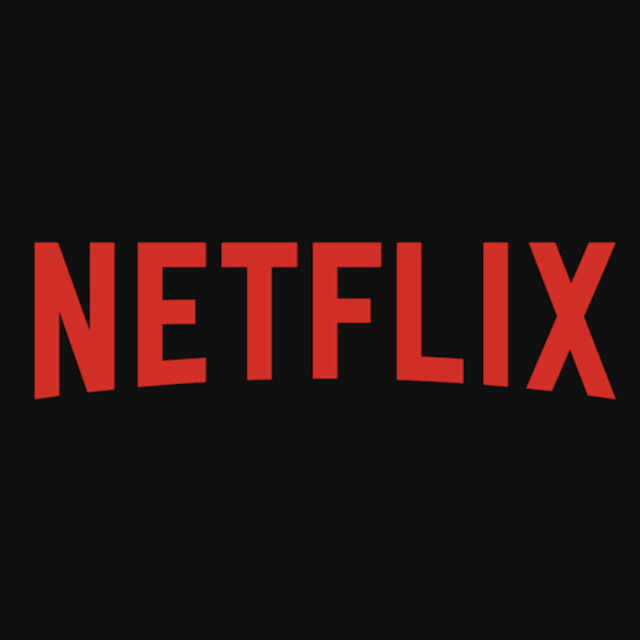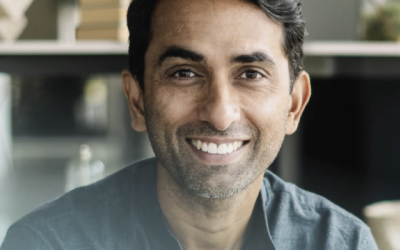Streaming platform Netflix has just released its results for Q1 2025 and claims to be off to “a good start”. Revenues and operating income grew 13% and 27% year on year, respectively. Both were ahead of guidance due to slightly higher subscription and ad revenue and the timing of expenses. 2025 priorities include “improving our series and film offering and growing our ads business; further developing newer initiatives like live programming and games; and sustaining healthy revenue and profit growth.”
The platform has, of course, also started paying more attention to the digital-first arena. In Q1, said the company, “we licensed four episodes of the toddler learning series Ms. Rachel (29M views) which has consistently been in the global Top 10. We also debuted season 2 of Inside (2M views), a reality show from the Sidemen.”
The subject of Netflix’s interaction with the digital-first sector came up a few times in the presentation call linked to the release of the results. Here are the key points:
The growing role of video podcasts
“We’re constantly looking at all different types of content and content creators. The lines between podcast and talk shows are getting pretty blurry. We want to work with kind of great creators across all kinds of media that consumers love. And podcasts have become a lot more video forward. And today, we actually produce a lot of podcasts ourselves as part of our kind of publicity and publishing efforts. So some are really show specific like Squid Game and Diplomat. Some are genre-focused, some are talent-focused. We have a great one called You Can’t Make This Up, all about Netflix docs. And they live everywhere podcasts live today. But as the popularity of video podcast grow, I suspect you’ll see some of them find their way to Netflix.”
[Ted Sarandos: co-CEO, president & director]
Competition with YouTube
“We’ve always had very strong competitors, including YouTube, many others. We’re all competing hard for people’s entertainment time. So we have to earn every hour that we win. We don’t take anything for granted. We don’t get anything for free. We think in that broadest competitive lens that the biggest opportunity we’ve got is actually going after the roughly 80% share of TV time that neither Netflix nor YouTube have today. We think of that as a real immediate opportunity. And then when it comes to the specific head-to-head competition with YouTube or other platforms like YouTube, we believe we are a more competitive better service for a certain class of creators and certain types of storytelling. And most importantly in that is that we lead monetisation for those kinds of titles. And that means we can provide a better opportunity than YouTube or other services for those creators and those stories.”
[Gregory K. Peters, co-CEO, president & director]
Working with creators
“We’re looking for the next generation of great creators, and we’re looking everywhere. So not just in film schools and certainly not just in Hollywood, creators today have tools that were unimaginable a decade ago, to tell stories, to reach audience. The question is out there is that is it premium? Well, some of it is, and we believe we have the best monetisation model on the planet for premium storytelling. I think we can help those creators reach an audience. Our model can also support more ambitious efforts for them, could help derisk them, unlike the kind of typical UGC models. Look at people – folks like Ms. Rachel. She’s been in the top 10 every week since she launched on Netflix. Kill Tony right now is killing it with our stand-up fans. We’re working with Sidemen. We just launched Pop the Balloon. When you put this all together, we believe Netflix is the best place for premium content as defined by fans and the best home for storytellers wherever they’re working on honing their skills today.”
[Ted Sarandos: co-CEO, president & director]





